Yesterday in the WM group, everyone was arguing about the issue of battery life.
One group member pointed out that currently no domestically produced electric vehicle can travel over 200 kilometers at high speeds, which surprised me. When we recently tested the NIO ES8, we traveled from Shanghai to Shaoxing and the total range was around 230 kilometers, although it was not outstanding, it was still able to go beyond 200 kilometers. After further communication, we found out that he was equating the constant speed range of 120 km/h with the high-speed range, which led to seriously exaggerated battery life labels for electric cars.
As some of our older readers have already begun researching issues such as discharge rates and battery internal resistance for electric cars, I suddenly realized that there are still many new users who have no experience with electric cars and may not even know that charging stations are already available in service areas along the highways in China. This is a good thing, as it means that electric vehicles are being pushed into more cities and to more users. At the same time, it also means that it is time to re-explain the issue of battery life for electric cars.
Let’s start with some basic concepts.
Two Divisions of Battery Life
The battery life of an electric vehicle is mainly divided into constant speed range and driving cycle range according to changes in testing conditions. The former refers to the range achieved when a vehicle maintains a constant speed, while the latter refers to the range achieved under different driving cycle standards. The biggest difference between these two ranges is the change in speed.
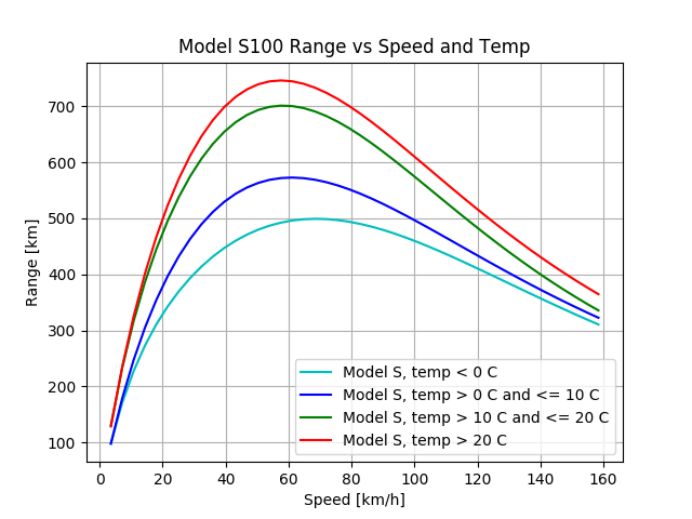
Let’s start with a chart. This is a chart of the relationship between the range, speed and temperature of the Model S100, collected by ABRP (an electric vehicle journey tool) from the daily driving data of 511 Tesla owners on ABRP.
As can be seen from the chart, when the speed is at 60 km/h, the vehicle can achieve the maximum range, which is often used by manufacturers to promote maximum range. After the speed exceeds 60 km/h, the higher the speed, the worse the vehicle’s range becomes. The constant speed range of an electric vehicle traveling at speeds greater than 120 km/h is equivalent to the worst range the vehicle typically achieves.
This means that the range of an electric vehicle is not only affected by the conditions of the vehicle itself (such as battery performance), but also by changes in the driving conditions, and thus exhibits dynamic changes.Friends who are not familiar with the characteristics of electric vehicles often have a misunderstanding, either equating the maximum range advertised by the manufacturer at 60 km/h with the daily range of an electric vehicle, or equating the constant speed range greater than 120 km/h with the daily range. This is like assuming that a student who usually scores an average of 60 in all subjects can always score 100 or 40 points, which is excessively extreme.
When we talk about constant speed range, we are talking about the best possible performance of a vehicle in an extreme and ideal state. When we talk about working range, we are discussing the average daily performance of a vehicle. Comparing the maximum range advertised by an electric vehicle with its worst measured range to accuse the vehicle of exaggerating its range is irresponsible.
The real comparison should be based on the difference between the working range and the actual range. The working range is a test of a vehicle’s range performance under typical daily usage conditions, with a range of data that becomes more accurate as the simulation more closely approximates actual driving conditions.
Currently, the globally recognized standards for working range include the European NEDC and WLTC, the US EPA, and Japan’s JC08. Domestically, China’s working range is based on the European NEDC, while in Europe, WLTC will soon replace NEDC. According to feedback from electric vehicle owners, EPA’s standard is closest to daily range performance. In terms of strictness, EPA > WLTP > NEDC > JC08.
When a vehicle is sold in different countries, it will be tested based on the relevant country’s standards. Therefore, you can see the range of electric vehicles from brands such as BBA under different standards, but it is rare to see the EPA range of domestic brands such as BYD.
However, China is also developing its own working range standards, but before these standards are announced, the only data available to consumers is the NEDC range. Although there are suspicions that many manufacturers distort their range data, it is more important for consumers to understand the gap between NEDC range and actual range so they don’t feel cheated after purchasing a vehicle.
Factors Affecting Electric Vehicle Range
The factors affecting the range of an electric vehicle can be divided into two parts: the vehicle’s inherent conditions, such as the weight, wind resistance, battery capacity, and motor power, and external usage conditions, such as changes in speed and temperature, tire size, and the use of air conditioning.
In terms of the vehicle’s inherent characteristics, the biggest difference between electric vehicles and fuel vehicles lies in the former’s electric system. The impact of wind resistance, vehicle weight, and rolling resistance is generally similar for both types of vehicles.We consider a car as the energy provider, and the driver as the energy demander. When you drive a car from point A to point B, you are making a request to the vehicle, and the vehicle’s energy system determines the response. The energy system of an electric vehicle is the three-electricity system consisting of batteries, motors, and controllers, while the energy system of a gasoline vehicle is the power system centered on the engine.
Under the condition that the driver’s demand for the vehicle remains consistent, the different characteristics of the energy systems of electric vehicles and gasoline vehicles determine the different energy requirements of the two types of vehicles under different working conditions.
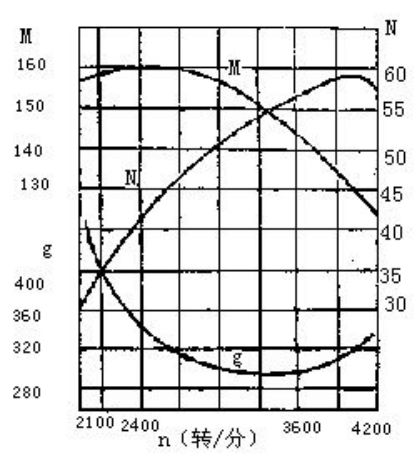
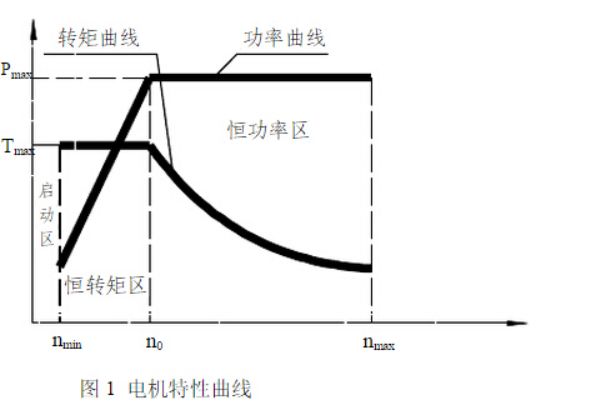
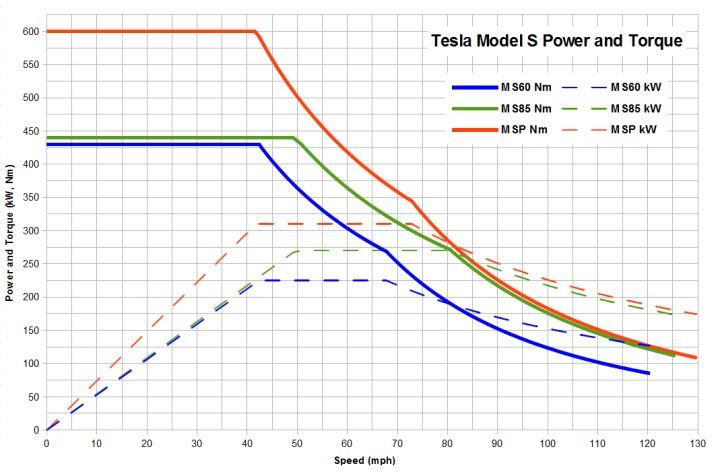
To briefly understand the interaction between electric vehicle acceleration and energy system:
1) The accelerator pedal is the interactive interface between the driver and the vehicle. When you drive an electric vehicle and press the pedal, the energy system receives the demand and the battery will start the discharge process. When you press the pedal quickly, the battery will discharge rapidly. When you press the pedal slowly, the battery will discharge slowly. The discharge process of lithium-ion batteries is a process of voltage decreasing from high to low.
2) Each battery has its own maximum discharge rate, and the higher the motor power, the higher the discharge rate required by the battery. At the same time, the maximum motor power that an electric vehicle can use is also affected by the battery discharge rate.
3) The power consumption will increase rapidly during rapid acceleration. Maintaining uniform acceleration is beneficial for better endurance performance. The energy recovery system of electric vehicles can convert the vehicle’s kinetic energy into electrical energy and recharge it into the battery. Effectively utilizing the energy recovery system of electric vehicles can improve the endurance performance of electric vehicles.
4) Some vehicle owners found that when the battery level is low, the vehicle speed will be limited. This is because when the battery level is too low, BMS battery management system limits the output current of the battery to avoid over-discharge, and coupled with the voltage drop during discharge, the power of the vehicle will be restricted. When the maximum discharge power does not meet the driver’s acceleration requirements, the vehicle speed will continue to decrease.5) When driving at low speed, vehicle accessories such as instrument panels need to consume electricity, while at high speeds, most of the power of electric vehicles is used to overcome wind resistance, resulting in large energy losses.
Let’s go back to the figure we just saw:
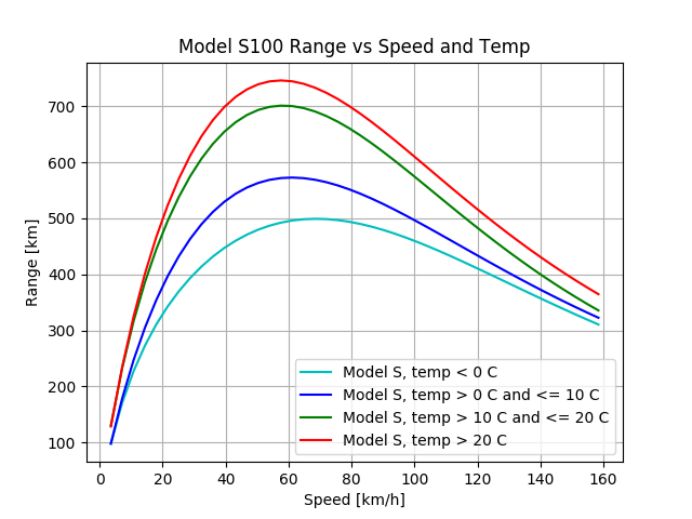
When it comes to external factors affecting the range, the speed and temperature are the most commonly concerned.
In this figure, we can see that:
1) The higher the temperature, the better the range performance of electric vehicles;
2) When the vehicle speed is greater than 60 km/h, the higher the vehicle speed, the lower the range of electric vehicles.
Many manufacturers pay little attention to the use of electric vehicles in high-speed environments when developing electric vehicles. In addition, the driving performance of electric vehicles is far better than that of fuel vehicles when used in urban road conditions. Therefore, in the early development of electric vehicles, there were many electric vehicles with a range of less than 300 km, which were completely positioned for use in urban road conditions.
Suggestions for High-Speed Range
Whether electric vehicles can be driven at high speeds is an important conflicting point between consumers and manufacturers. Electric vehicles are not good at performance in high-speed sections. Compared with the current use of fuel vehicles, using electric vehicles on highways is not convenient enough.
In our observation of the use of electric vehicles for two to three years, we found that only a small number of users would drive electric vehicles on long journeys. Although electric vehicles can overcome the obstacles of long-distance driving, it is unnecessary to label the shortcomings of electric vehicles with their disadvantages.
Car owners with experience in driving electric vehicles or with a fuel vehicle at home are more rational in the process of purchasing electric vehicles. However, for users who buy electric vehicles for the first time and regard them as their first car, they must fully understand the differences between the advantages and disadvantages of electric vehicles and consider seriously, do you really need to drive at high speeds frequently? If high-speed driving is your daily requirement, why do you have to buy an electric vehicle?
However, if there are consumers who insist on using electric vehicles on highways, our suggestion is to choose a trip of no more than 400-500 km with only one charge. This means that in one trip, it must include a comprehensive working condition of urban areas + overpasses + highways, not just driving on highways.
Even at a maximum speed of 120 km/h on the highway, in the case of a smooth road, the average speed will fall in the range of 80-90 km/h. Even in the EPA range standard that is most in line with actual conditions, the average speed of high-speed working conditions is only 77.9 km/h. It is actually too harsh to measure the high-speed range of a car with a continuous cruising range of 120 km/h.If you drive an electric vehicle for more than 500 km in one trip, the proportion of high-speed driving will increase, and the number of charges will also increase. The charging time is usually a few tens of minutes to an hour, resulting in a less satisfactory driving experience. However, if you really want to complete a long-distance challenge, except for extremely remote areas, charging stations are available at service areas along the national highways. Planning your trip carefully in advance and checking the location of charging stations en route can make occasional long-distance travel feasible.
The energy density of batteries is slowly increasing, and manufacturers are also introducing batteries that can withstand higher charging power (for faster charging). With the increasing density of charging networks, the environment for using electric vehicles will become better and better. Under the current conditions, understanding your daily commuting and high-speed driving needs is important for adjusting your expectations and selecting the most suitable electric vehicle for you.



This article is a translation by ChatGPT of a Chinese report from 42HOW. If you have any questions about it, please email bd@42how.com.
